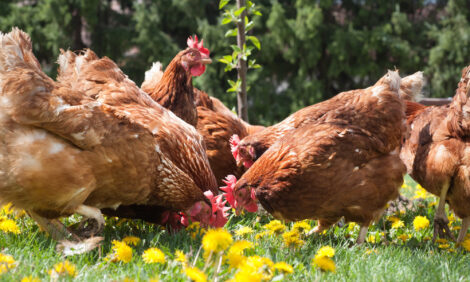



US Chicken Farmers Raise Concerns Over Ethanol Volumes
US - The US Environmental Protection Agency (EPA) has announced it is mandating 15 billion gallons of ethanol to be added to the domestic fuel supply in 2017, which is 200 million gallons more than the agency’s proposed volume put forth in May.Setting targets for maize-based biofuels to be included in transportation fuels diverts the crop from food and feed use, so some livestock farmers are unhappy about the government setting these volumes.
According to the National Chicken Council, over the last four years, EPA has raised the final volume above the initial proposed volumes by a cumulative 1.53 billion gallons.
Moreover, in setting the 2017 volume at 15 billion gallons, EPA has breached the 10 percent blend wall and effectively surpassed the statutory cap on ethanol set in the 2007 Energy Independence and Security Act.
Indeed, Congress in the statute set a cap on conventional ethanol at 15 billion gallons to prevent ethanol production from artificially diverting too great a volume of corn from feed, food and seed use to energy. At the time Congress set this cap, ethanol exports were not envisioned. However, according to the Energy Information Administration, US exports have averaged nearly 840 million gallons in the past two years and are trending even higher for the first three quarters of 2016.
“Ethanol exports add nothing to US energy security and the RFS is not being administered in keeping with Congressional intent,” said National Chicken Council President Mike Brown. “The RFS bureaucracy has taken on a life of its own and it is time for Congress to stop this runaway train. American chicken producers are only one drought, flood or freeze away from another crisis. The RFS has cost our industry $59 billion more in feed costs since it was implemented.”









